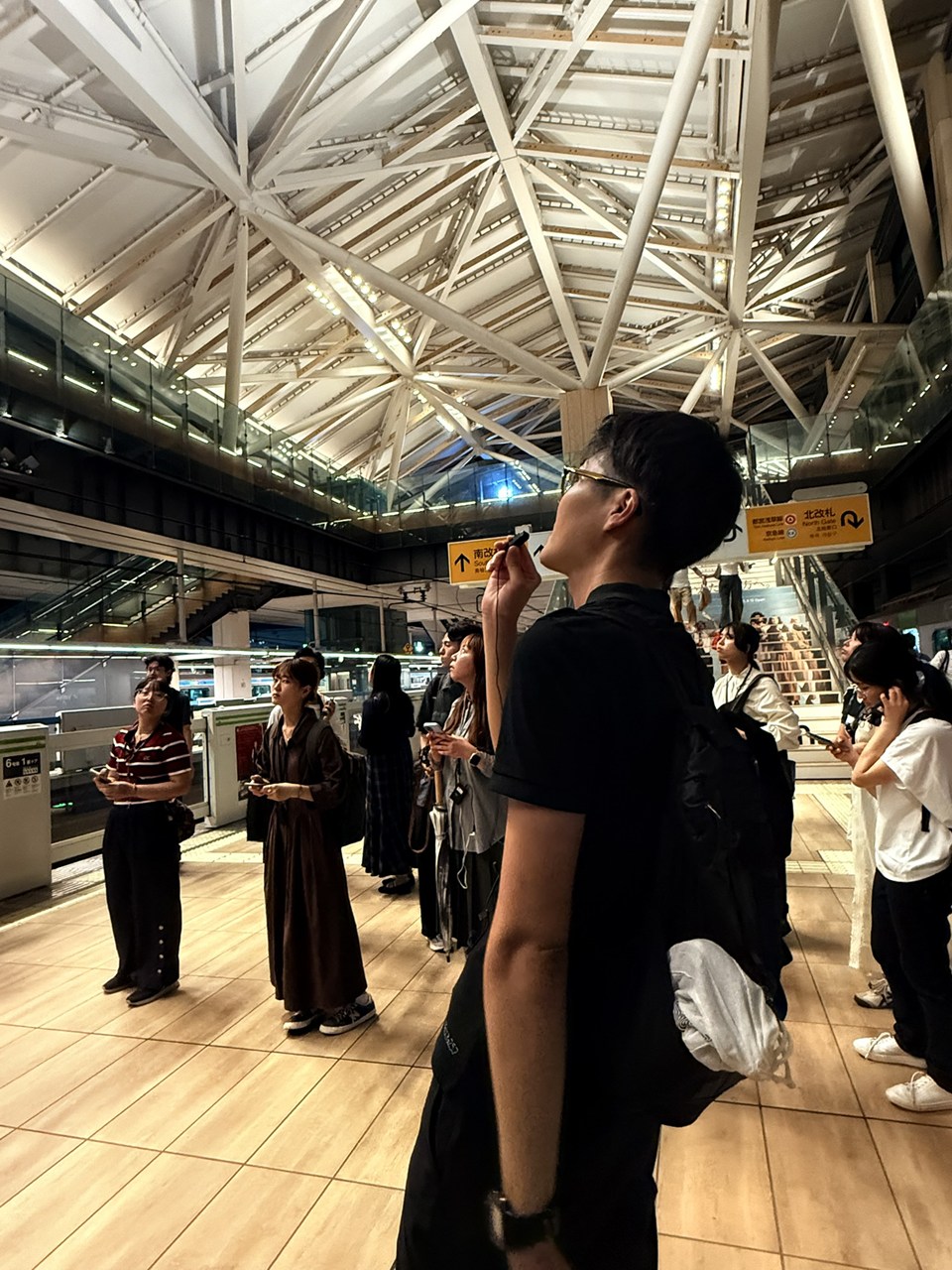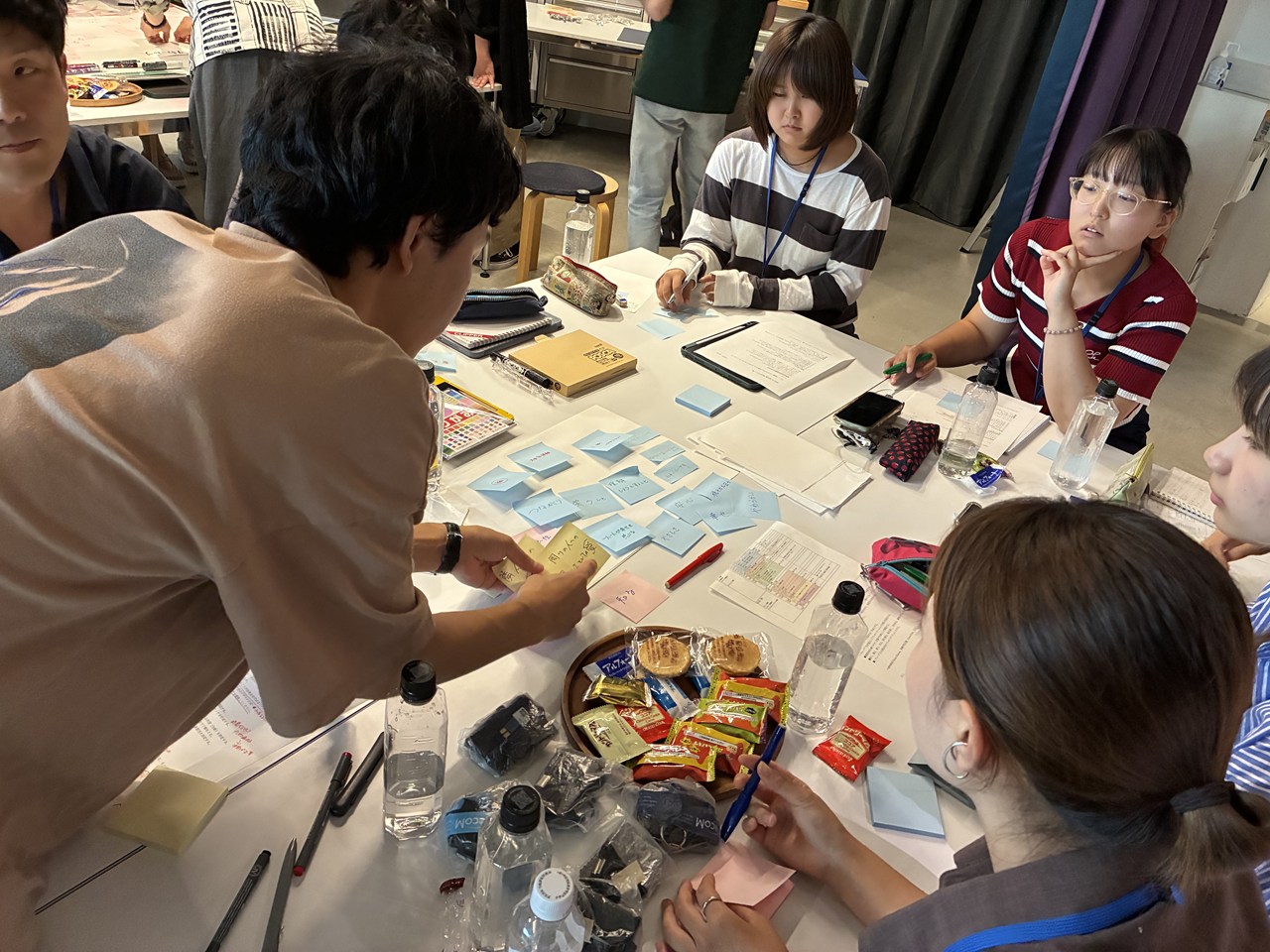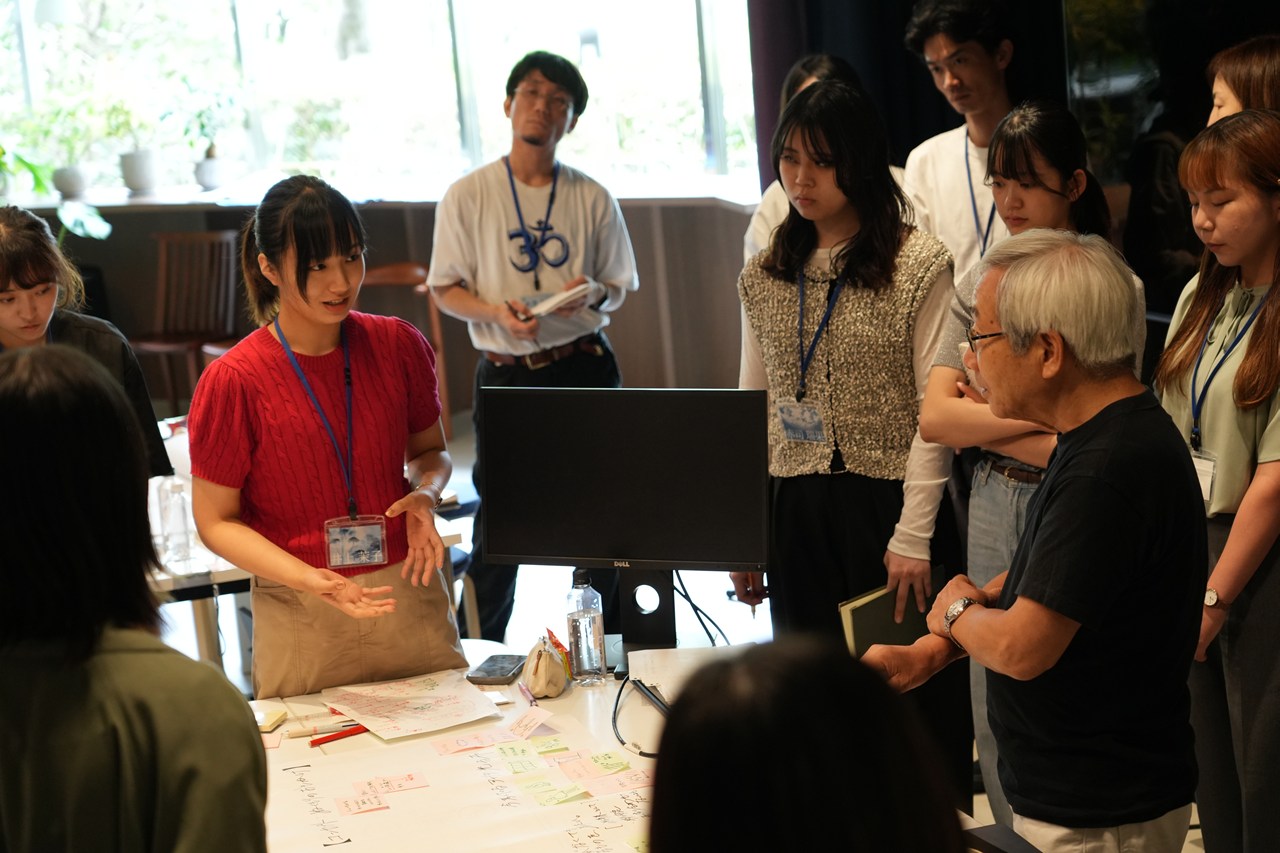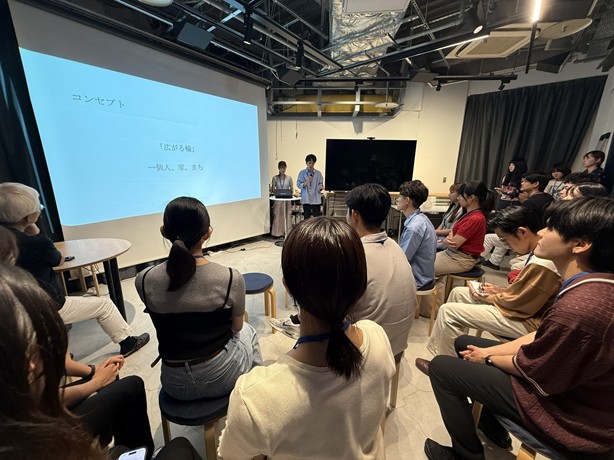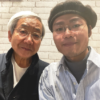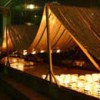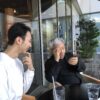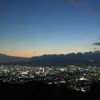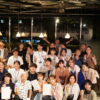3 day student workshop 2025
2025.09.13-09.15 Noriko Higashi
This year marks the fourth time the Lighting Design Workshop has been held. Nineteen students gathered from all over Japan to spend three days thoroughly learning about lighting design. With new programs added this year, the workshop has evolved further.
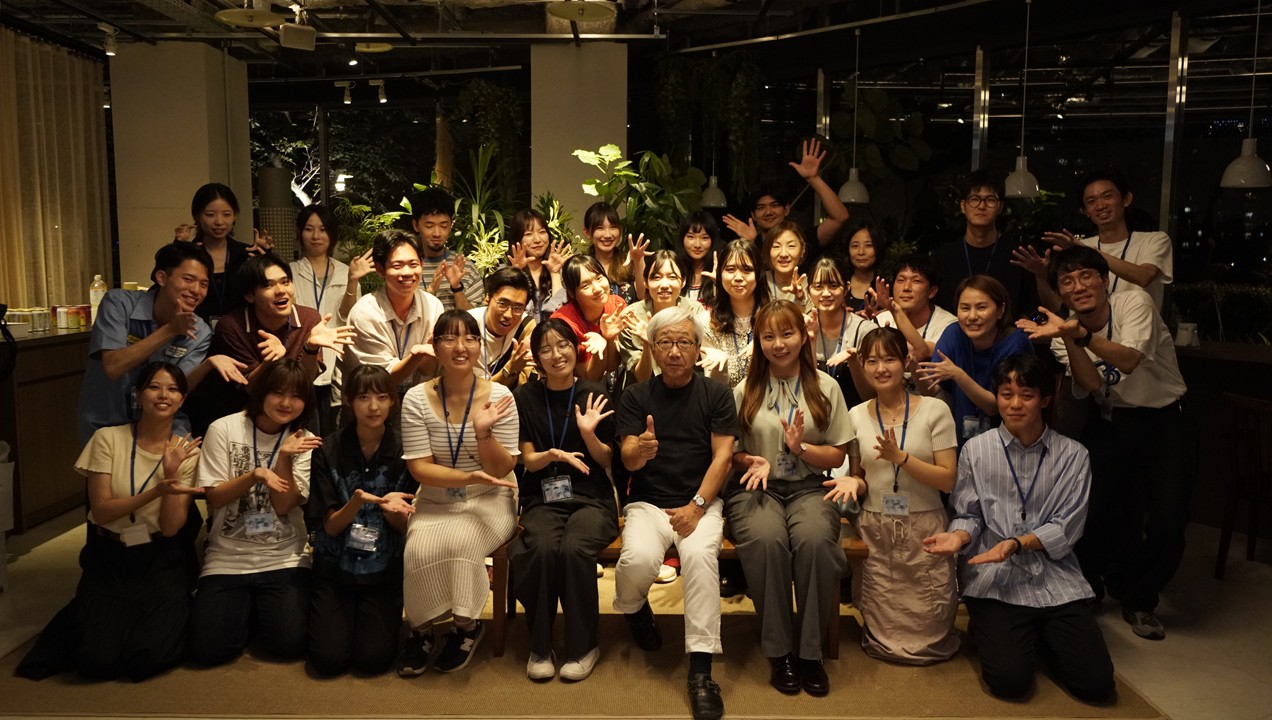
This is the fourth session of the Lighting Design Workshop, which we tentatively started in 2021.
This year, we again completed a packed program with 19 motivated students who gathered from across the country. In addition to nine varied lectures, this year’s program included training at a lighting manufacturer and site visits to various projects.
■Lectures
We provided a total of nine lectures, beginning with the foundational knowledge of lighting design, the design process, and the philosophy and methodologies of LPA’s lighting design. We also introduced specific projects, such as the Ishikawa Prefectural Library, Takanawa Gateway Station, and the Osaka Healthcare Pavilion at the Osaka-Kansai Expo. The themes and content of the lectures were highly refined through multiple internal reviews, making them concise and of high quality.
In addition, we included Q&A sessions between each lecture. For questions that could not be answered during the session, we posted the responses so they could be read by everyone, ensuring that we addressed the students’ inquiries as much as possible.



■Individual Assignment
Students participating in the workshop are given an individual assignment one month in advance. This year’s theme was “Redesigning Light.” Students were asked to re-examine the light in their own environment—their town, their usual train station, a shopping street, their school, or their home—and redesign it. They submitted their proposal summarized on two sheets of A3 paper. On the afternoon of the first day of the workshop, each student presented their work for five minutes, and everyone voted on the best proposal.
This year’s Grand Prize went to a redesign of a pedestrian walkway. The student redesigned a walking path that was currently unused and dangerous at night due to poor lighting, forcing people to walk on the busy road instead. Their concept focused on gentle and playful lighting to create a desired walking route. The proposal won half of all votes from the participating students.
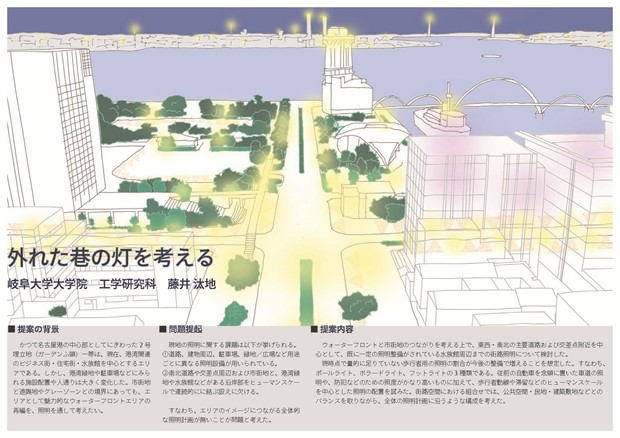

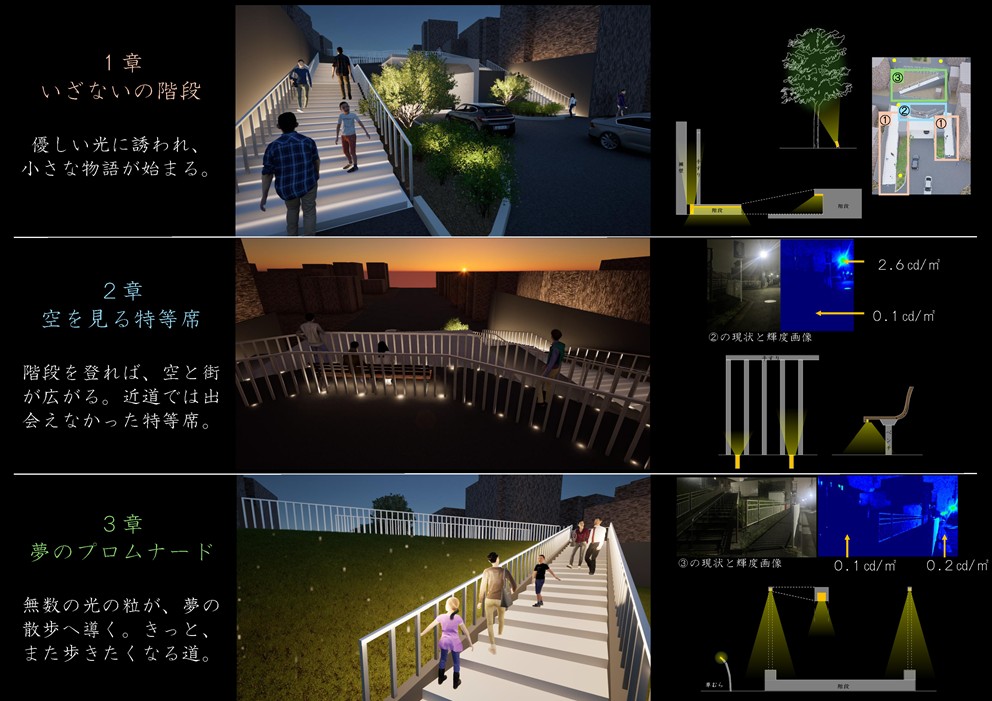
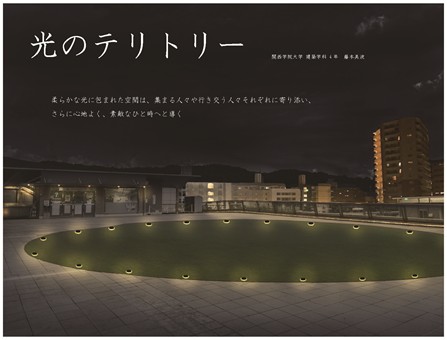
■Lighting Manufacturer Training
The “Lighting Manufacturer Training” was a new program added this year. In previous years, we had only been able to show lighting fixtures stored at LPA, but because there was a strong desire from students to learn more in depth, we were able to partner with Endo Lighting to make this a reality.
Nineteen students gathered at the Endo Lighting showroom for a 90-minute training session. Using actual lighting fixtures, we covered a wealth of content that only a manufacturer could provide, such as: how the sense of brightness can differ even with the same illuminance, depending on the material being lit; how changes in color rendering affect the perception of colors and objects; and how the fixture’s position can alter the atmosphere of an entire space. Feedback from the student surveys showed that this session was one of the most interesting parts of the workshop.
■Project Site Visits
In previous years, we conducted Night Walk Surveys, but this year, we decided to have the students actually see some of LPA’s completed projects. We toured the Tokyo International Forum, Tokyo Station, and Takanawa Gateway Station. We believe that seeing and experiencing these projects firsthand, in addition to the lectures, helped the students truly grasp the concepts. Hearing the explanations directly from the project designers likely changed how they viewed these familiar places they usually pass through without conscious thought.
■Group Assignment
After completing the individual assignments, various lectures, and project site visits, the students worked on a group output. This year’s group assignment theme was “Lighting Design for Peace.”
The groups were tasked with determining whether the power of lighting design could alleviate some of the world’s existing injustices, prejudices, discrimination, and wars. The participants were divided into three groups to start the assignment. This was a challenging task: to immediately discuss peace with strangers and, within one day, finalize and present a design for “Lighting for Peace.” The method of expression was completely free. They could draw, create a model, or even use physical expression.
The process began with defining peace. Despite their initial confusion over the vastly different approaches to the concept, the groups somehow managed to compromise and consolidate their opinions. In the end, it felt like they powered through the final push to get to the point of presentation. Each team came up with an interesting concept.
The proposals included: a plan where small, individual lights form homes and ultimately create a city; a design where the curtains of a regularly used church are made of light-emitting fabric that can be cut and distributed to wrap people during a disaster and then re-form the curtains when peace returns; and a concept where emotions are expressed through the color of light, which then combines with others’ light to create various light scenes. The open-ended nature of the expression made the assignment difficult, but it resulted in three distinct and interesting proposals. I believe the participating students gained a lot of inspiration from the arguments and expressions of the other teams.
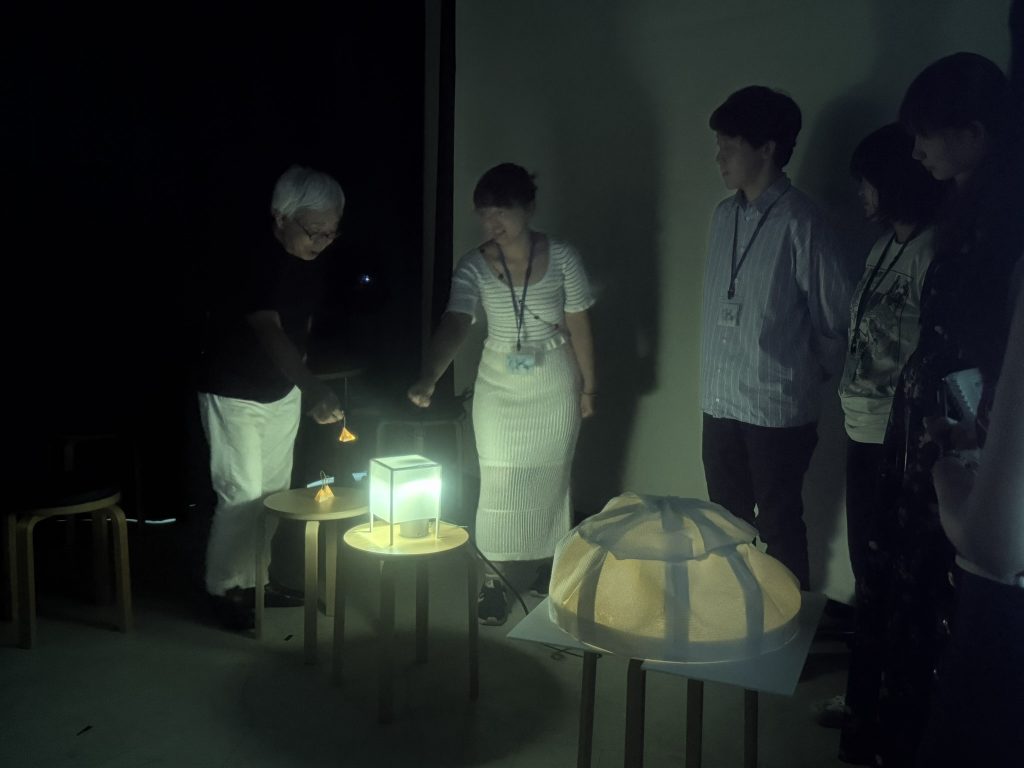
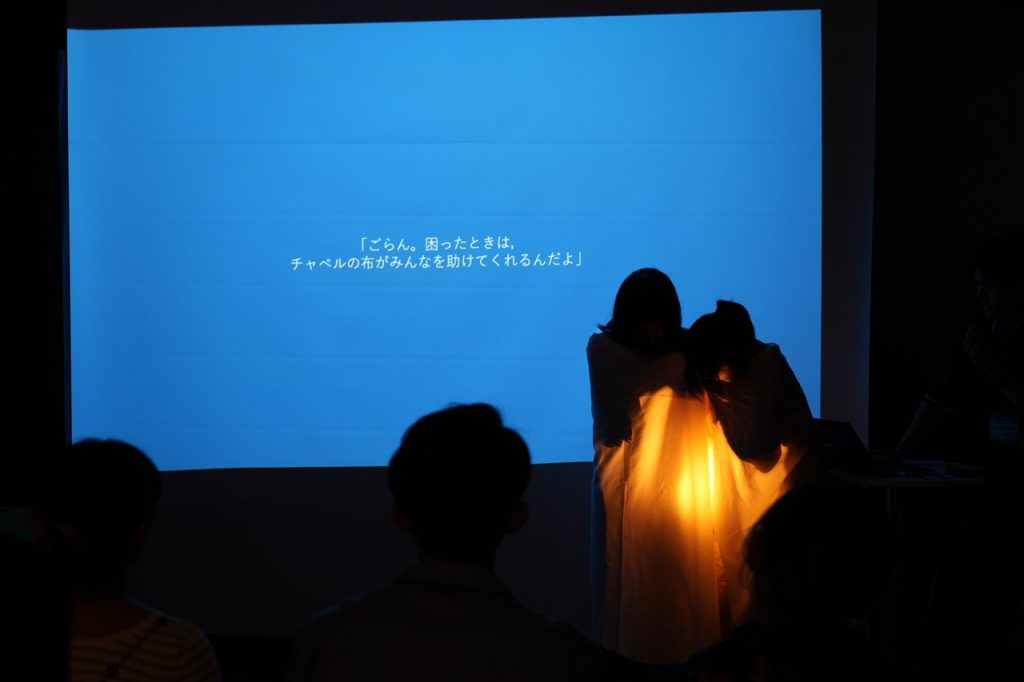

■Social Gathering
At the end of each day, we held a social gathering where everyone could share dinner together. This time was crucial for building relationships, as it gave students a chance to ask LPA staff questions they couldn’t fit into the lectures, and provided an opportunity for the students to talk among themselves. The final social gathering concluded the design workshop, with each person sharing their thoughts before receiving a certificate of completion. At the very end, everyone felt a little reluctant to leave, wishing they could continue the conversation just a little longer.
Over the course of three days, the students received a massive amount of information and were challenged to integrate the ideas of others to produce a final output. It must have been an incredibly intense workshop. I sincerely hope that the knowledge and experience gained here will contribute to a deeper understanding of lighting design. (Noriko Higashi)





